Indoor LED Display Panel -
P Series presents a stunning visual feast!
Cailiang crafts with dedication, making every display a focal point of attention.
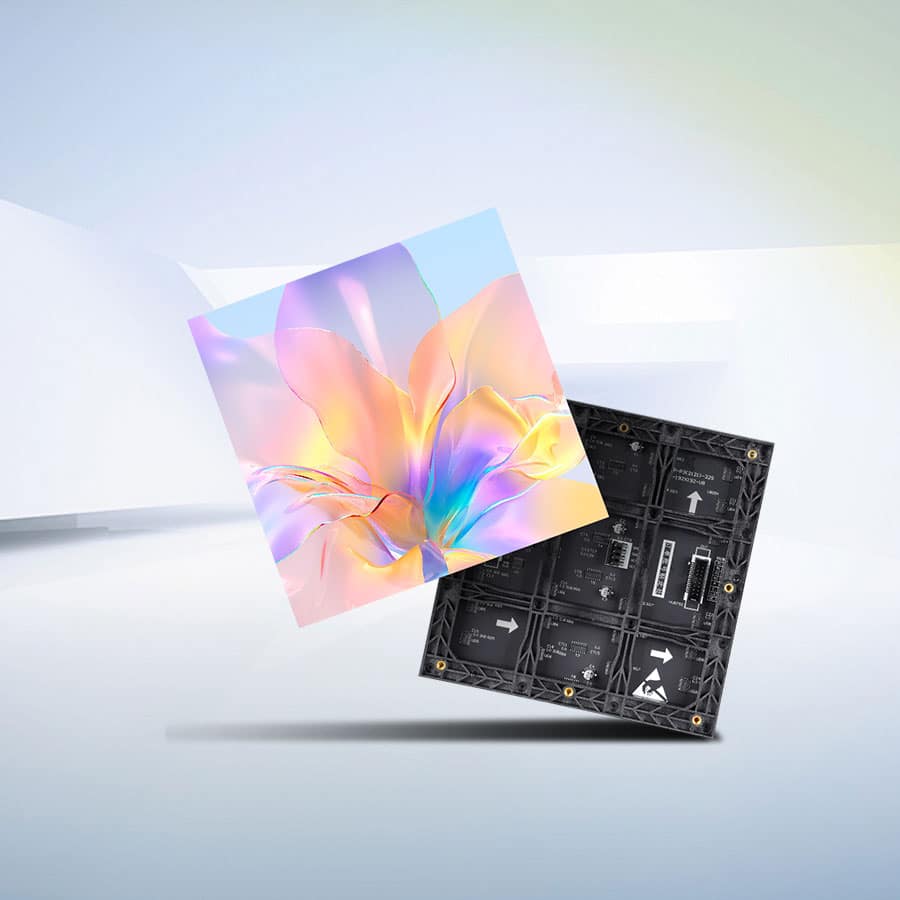
Indoor LED Display - P Series
- Selected High-Quality Lamps, Stable Performance, and Cost-Effective
- Energy Conservation and Environmental Protection
- Independent Design, Evenly Painted Color, and Good Consistency
- High-Performance Potting, Waterproof and Moistureproof, Rapid Cooling, and Anti-Aging
- 2K/4K Refresh Rate, High-Definition Smoothness
- More Image Enhancements, No Waves, No Blur
- High-Quality Shell Kit, Enhanced Structural Design, Robust and Reliable
Wide Viewing Angle
Using advanced full-color LED technology, Cailiang’s indoor LED display – P series has a wide viewing angle. Whether viewed from the side, at an angle, or from extreme viewpoints, the screen maintains vibrant colors and rich details, with minimal color distortion or loss of image quality.
Whether for large-scale events, stage performances, or commercial displays, the P series allows every audience to enjoy the best visual feast, greatly enhancing the on-site atmosphere and interactive experience.
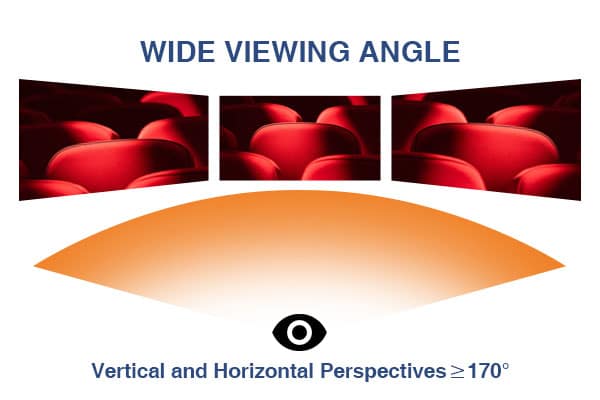
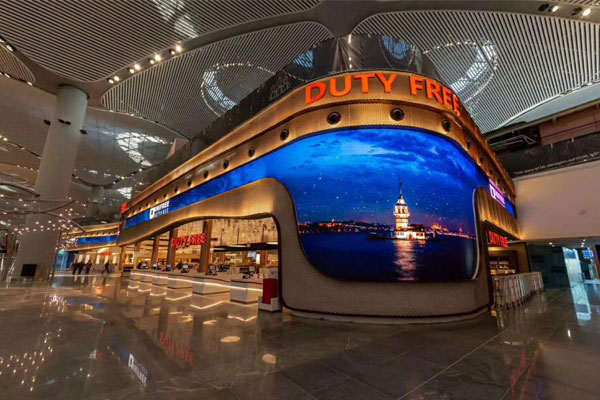
Creative Installation
The indoor LED display – P series is a highly flexible display screen with a modular design that makes installation quick and easy. In addition to the common mounting options such as hanging, embedding, wall-mounting, and pillar installation, the P Series also supports curved installations, tailored to special design needs. The curved installation creates a streamlined visual effect, enhancing the visual impact and offering a unique viewing experience, making it ideal for various complex display environments.
Front Maintenance Design
Our indoor LED display features a front maintenance design that simplifies the installation and maintenance process. With direct front operation, users can easily replace modules, power supplies, and receiver cards without needing to disassemble the back of the screen, saving both time and cost. This design is especially suitable for space-constrained environments, enhancing the ease of use and reliability of the device, which is widely used in advertising, stage performance and other scenarios.

Indoor LED Display - P Series Module Technical Specifications
| Module Size (mm) | 240×240 | 192×192 | 256×128 | 256×128 | 256×256 | 320×160 |
| Physical Pixel Pitch (mm) | 1.875 | 3 | 4 | 4 | 4 | 5 |
| Scanning Method | 32S | 32S | 16S | 32S | 32S | 16S |
| Interface Definition | HUB75 Single Input | HUB75 Single Input | HUB75 Single Input | HUB75 Single Input | HUB75 Single Input | HUB75 Single Input |
| Unit Board Resolution (Dots) | 128×128 | 64×64 | 64×32 | 64×32 | 64×64 | 64×32 |
| Pixel Density (Dots/m²) | 284,444 | 111,111 | 62,500 | 62,500 | 62,500 | 40,000 |
| Brightness Range (cd/m²) | 450 | 500 | 600 | ≥350 | ≥350 | 500 |
| Module Weight (g) ±10 | 523 | 238 | 193 | 191 | 352 | 330 |
| Maximum Module Power (w/h) | ≥18.5 | ≥15.5 | ≥15 | ≥15.5 | ≥18 | ≥18.5 |
| Maximum Power Consumption per m² (w/m²) | ≤329.9 | ≤418.5 | ≤457.8 | ≤473 | ≤274 | ≤361.3 |
| Best Viewing Distance (m) | ≥1.9 | ≥3 | ≥4 | ≥4 | ≥4 | ≥5 |
| Number of Driver ICs (pcs) | 96 | 24 | 24 | 12 | 24 | 24 |
| Number of Row Chips (pcs) | 32 | 8 | 4 | 4 | 8 | 4 |
| Refresh Rate (Hz) | 3840 Hz | 1920 Hz / 3840 Hz | 1920 Hz / 3840 Hz | 1920 Hz / 3840 Hz | 1920 Hz / 3840 Hz | 1920 Hz / 3840 Hz |
| Viewing Angle | Horizontal 150±10° Vertical 140±10° | Horizontal 140±10° Vertical 130±10° | Horizontal 140±10° Vertical 130±10° | Horizontal 140±10° Vertical 130±10° | Horizontal 140±10° Vertical 130±10° | Horizontal 140±10° Vertical 130±10° |
| Gray Level (Bit) | 13-14 bit | 12-14 bit | 12-14 bit | 12-14 bit | 12-14 bit | 12-14 bit |
Related LED Screen Solutions
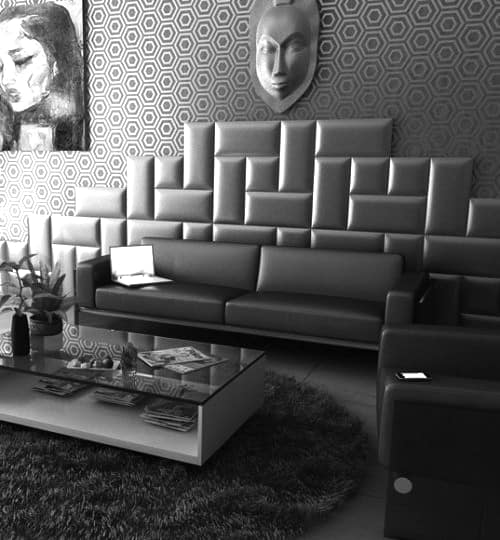


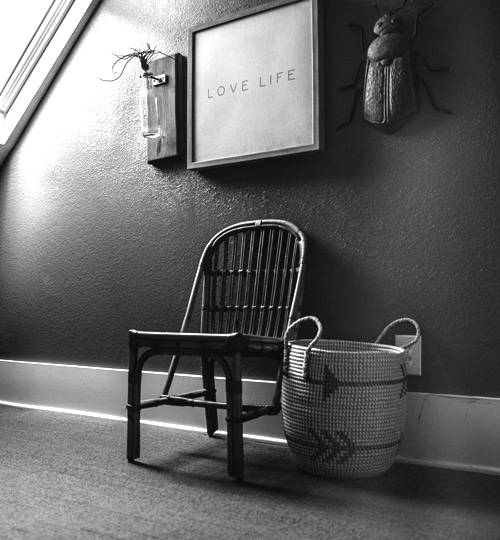
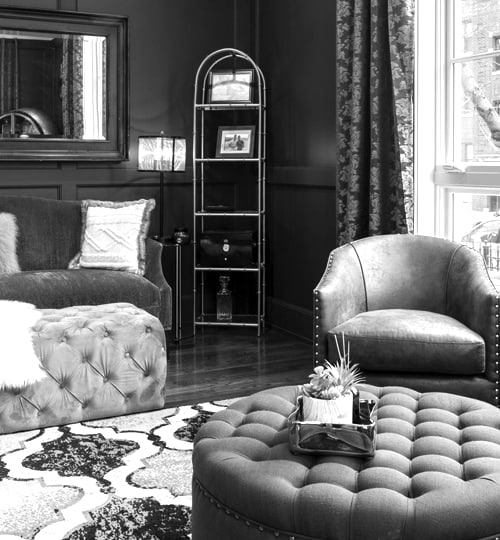
What is resolution? What does it mean for LED displays?
In our daily lives, we often hear the term “resolution,” especially when it comes to display devices like televisions, computer monitors, and smartphone screens. So, what exactly does resolution mean, and how does it affect the performance of LED displays?
What is Resolution?
Resolution is an important parameter for measuring the clarity of a display device, which refers to the number of pixels that can be displayed by a monitor in the horizontal and vertical directions.
Usually, the resolution is expressed in the form of “number of horizontal pixels x number of vertical pixels”, such as 1920 x 1080, 2560 x 1440, etc. The more pixels there are, the higher the resolution, and the clearer the display will be.

Common Types of Resolution
There are several common resolutions available on the market, catering to different display needs:
- HD (High Definition, 1280×720)
This is the basic HD resolution, typically used in small displays or older devices. While it offers a significant improvement over traditional Standard Definition (SD), its detail rendering is inferior when compared to higher resolutions. - Full HD (Full High Definition, 1920×1080)
This resolution is the standard for many televisions, monitors, and smartphones. It is suitable for the majority of users’ everyday needs, offering clear images and a smooth, detailed experience when watching high-definition videos or playing games. - 2K (2560×1440)
2K resolution is commonly found in high-end monitors and some smartphones. It provides a higher pixel density than Full HD, making it ideal for professional applications that require finer detail, such as image editing and video production. - 4K (3840×2160)
4K resolution is found in ultra-high-definition TVs, monitors, and high-end projectors. It offers incredibly detailed images, especially on larger screens, displaying more fine details. It is particularly suitable for watching high-quality films or playing graphics-intensive games. - 8K (7680×4320)
8K resolution represents the cutting-edge of current display technology, offering an extremely high pixel count for exceptionally clear and detailed images. Although 8K content and applications are still limited, it marks the future direction of display technology and is ideal for large screen displays and specialized professional use.

How to Choose the Right Resolution?
Screen Size
The size of the LED display is closely related to its resolution. Larger screens require higher resolution to maintain image clarity. For example, on a 50-inch TV, a 1080p resolution might appear blurry, whereas a 4K resolution will provide a much sharper image. For smaller screens, such as those on smartphones or smaller monitors, Full HD or 2K resolution is typically sufficient to deliver a very clear display.
Viewing Distance
The distance at which you sit from the screen is an important factor in choosing the right resolution. If you sit far away, a higher resolution might not make much of a difference, as the human eye can’t distinguish such small pixels. However, if you sit closer to the screen, a higher resolution will result in a clearer, more detailed visual experience.
Usage Needs
The type of content you consume and your primary use case are crucial in deciding the appropriate resolution. If you mainly browse the web, watch videos, or do general office work, a Full HD or 2K display is sufficient. However, for professional image processing, video editing, or gaming, a higher resolution like 4K or 8K may be more suitable.
Device Performance
Higher resolutions demand more powerful hardware, especially when it comes to gaming or video playback. If your computer or device lacks the processing power, it may struggle to handle 4K or higher resolutions smoothly.
Budget Considerations
Displays with higher resolutions are typically more expensive, especially in larger sizes and higher-quality models. Therefore, your budget is an important factor when choosing a resolution. If you’re on a budget, it’s best to select a resolution that meets your needs without overspending on unnecessary features.
Resolution is one of the key factors that determine the quality of a display, directly impacting your visual experience when watching videos, playing games, or viewing images. By understanding the pros and cons of different resolutions and considering your personal needs and device capabilities, you can select the optimal resolution for a clearer, more detailed display.
